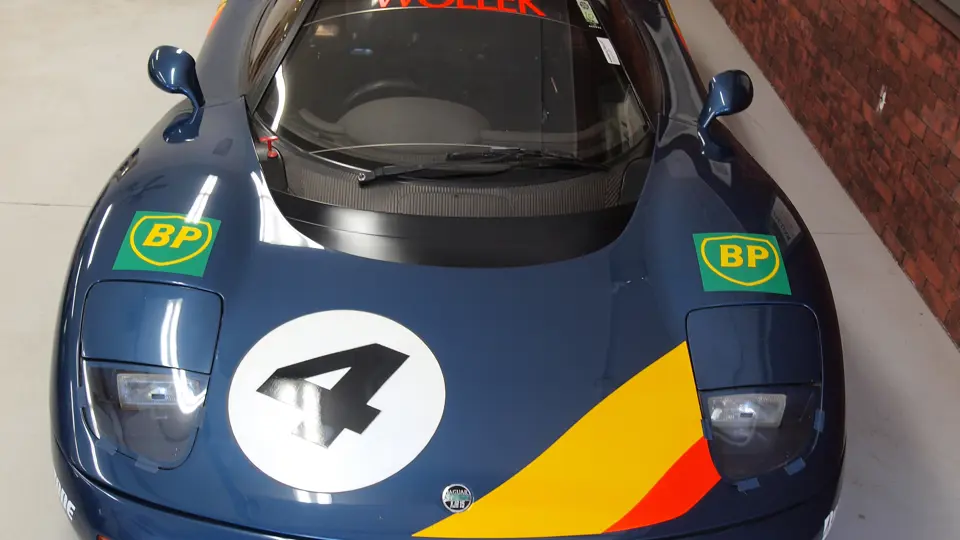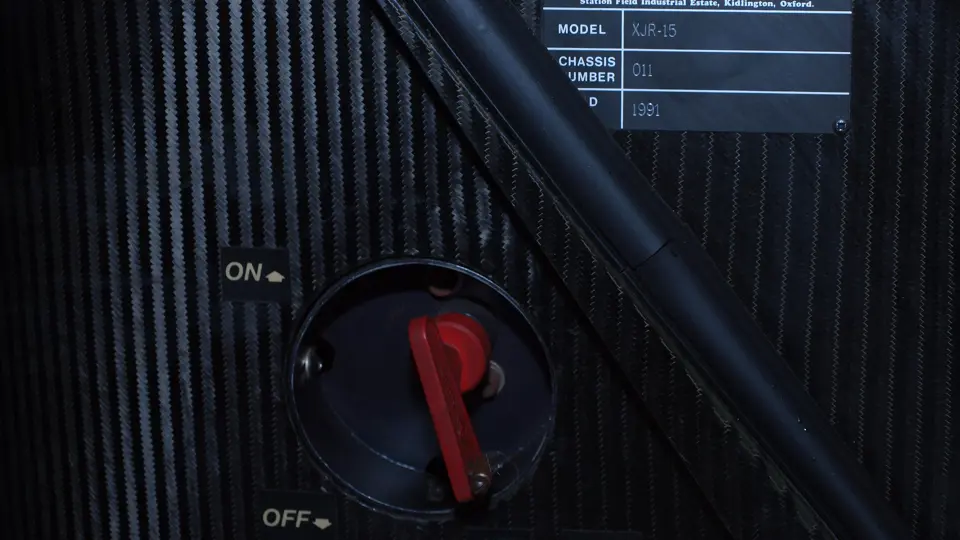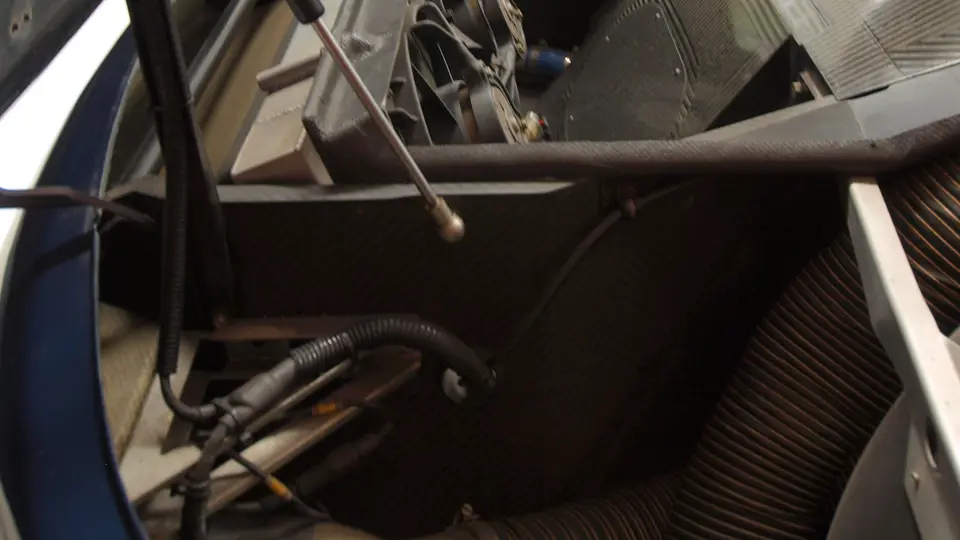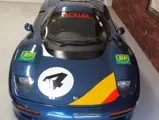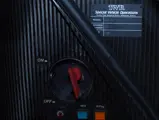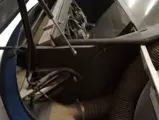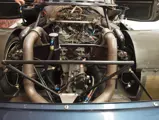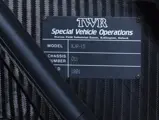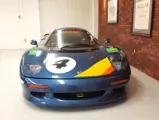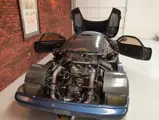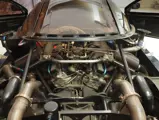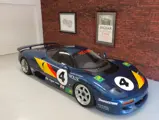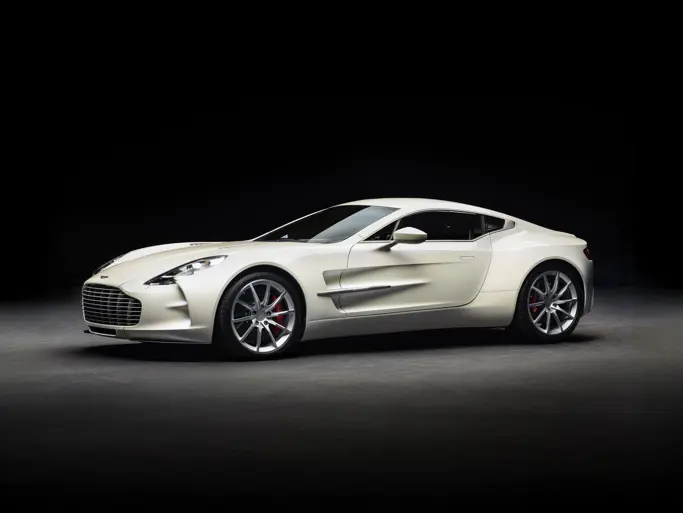450 bhp, 5,993 cc all-alloy, mid-rear mounted Group C-specification V-12 engine, Zytec electronically controlled sequential fuel injection, TWR six-speed manual gearbox transaxle, double-wishbone four-wheel independent racing suspension, and four-wheel hydraulic disc brakes. Wheelbase: 107"
- One of the 23 competition models out of the 50 XJR-15s produced
- Driven by four-time 24 Hours of Daytona champion Bob Wollek, the only owner-driver in the series
- Imported to the USA in 1993; owned by just two private collectors
- Shattering performance; never crashed
Recalling its near-absolute domination of international endurance racing throughout the 1950s, Jaguar returned to its winning ways during the late 1980s. Under the capable leadership of Tom Walkinshaw, the veteran racer who had won the 1984 European Touring Car Championship behind the wheel of an XJ-S, Jaguar again chalked up Le Mans victories in 1988 and 1990 and took the World Sportscar Championship in 1987, 1988 and 1991. Most importantly, Walkinshaw helped Jaguar finally break Porsche’s long reign as the leading endurance-racing constructor.
In this heady environment, Walkinshaw sensed strong demand among many of the world’s wealthiest auto aficionados for an ultra-exotic and ultra-exclusive car based on a successful competition car. To exploit this small but profitable niche, Jaguar created the JaguarSport division to manufacture and market a new sports car, code-named “R9R,” for its select clients in partnership with Tom Walkinshaw Racing (TWR). In November 1990, a JaguarSport press release announced the introduction of the stunning XJR-15, using the same technology and expertise of the XJR-9 and XJR-12 in a more useable, track-ready car that would also be both Group C and IMSA GTP-eligible. Just 50 were scheduled for production.
The XJR-15 was based on the same central monocoque “tub” as the Tony Southgate-designed XJR-9, and the body, designed by Peter Stevens, was constructed of lightweight and advanced composite materials. The XJR-9 suspension was retained at all four wheels, with fabricated wishbones and horizontal pushrod-spring dampers at the front and coil springs at the rear. Four-piston AP Racing calipers mated to disc brakes housed completely within the wheels provided stopping power.
The Group C-specification engine, a 450 bhp, six-liter alloy, dry-sump V-12, included a Cosworth forged crankshaft, connecting rods and aluminum pistons, with fuel delivery via Zytec electronically controlled sequential fuel injection. The transmission was a TWR six-speed transaxle with straight-cut gears, matched to an AP triple-plate carbon clutch. Walkinshaw’s work resulted in a car weighing just 2,315 pounds and endowed with awesome handling, excellent power-to-weight, race-proven reliability and a 215-mph top speed. All this came at a price of nearly one million US dollars.
However, customers were not allowed to take delivery of their XJR-15s when the cars were purchased. As a pre-condition of any XJR-15 purchase order, buyers agreed to enter the cars in a three-race series, the JaguarSport Million Dollar Intercontinental Challenge, with the winners of the first two events awarded their own XJR-15, while the winner of the final race at Spa would split a one million-dollar purse with their car’s owner. Full race preparation, a backup car and body preparation by JaguarSport were part of the package. Using professional racing drivers only, the series supported Formula 1 events at Monaco, Silverstone and Spa. Davy Jones, Bob Wollek, Derek Warwick, David Brabham, Juan Fangio II and series winner Armin Hahne competed wheel-to-wheel, gaining valuable press for Jaguar and demonstrating the prowess of the XJR-15.
Bob Wollek, with four wins at the 24 Hours of Daytona, one in the 12 Hours of Sebring and two German Group 5 championship titles, plus 30 starts and six podiums at Le Mans, drove this XJR-15, chassis number 011, in the Jaguar Intercontinental Challenge series during 1991. Wollek’s race results in 011 were very strong; he finished sixth at Monaco despite a spin, second at Silverstone and fifth at Spa-Francorchamps. At each race, Wollek was particularly careful to avoid the racing skirmishes so typical of these series, and his skillful driving ensured that 011 remained free from contact and damage, as he was the only individual to purchase and race his own XJR-15. After Spa, the car was retired from professional competition, and in 1993, it was imported to the United States, where it has resided within two private collections ever since. It has been maintained in full racing condition and continues to retain its original competition livery.
The XJR-15 is considered Jaguar’s ultimate supercar, and its athletic lines rank with those of the fabled C-Type, D-Type and XJ13 in aesthetic appeal. However, its shattering performances eclipses that of its distinguished forebears. Of the 50 cars produced, only 23 were constructed to racing specifications, and of those, chassis 011 remains an outstanding original and unmolested example. One of only about three examples in North America, 011 would form the perfect performance centerpiece of any Jaguar collection.
Please note, this car is offered on a Bill of Sale only.
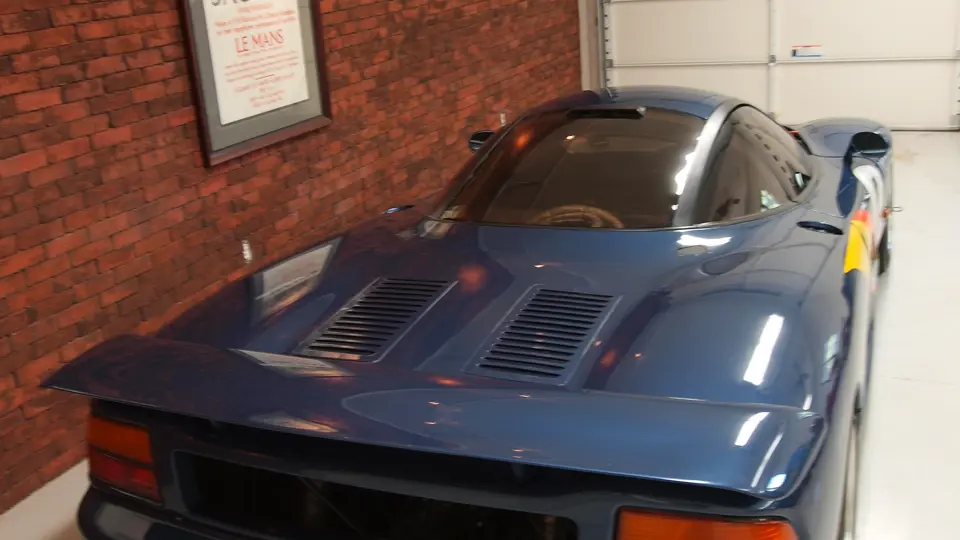

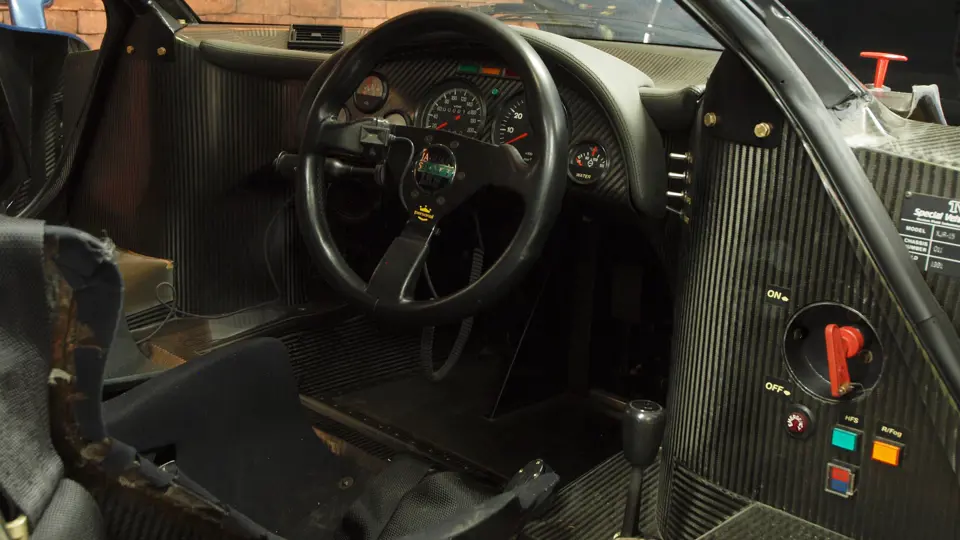

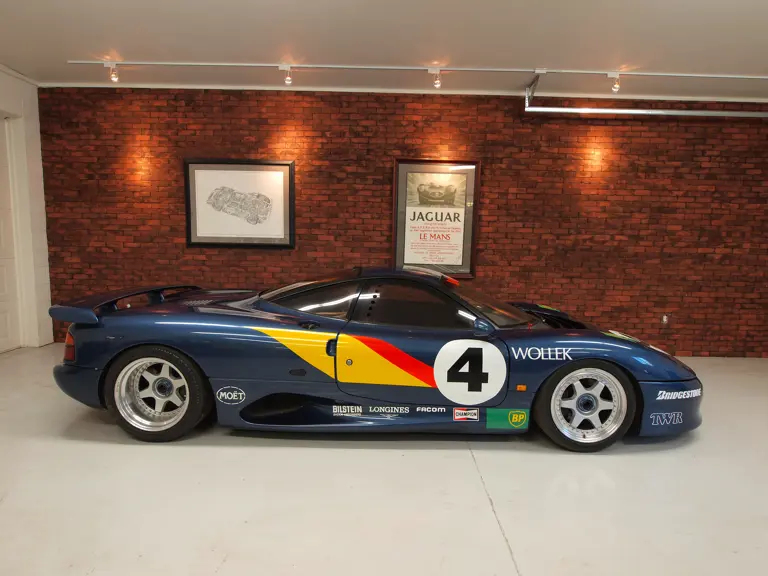

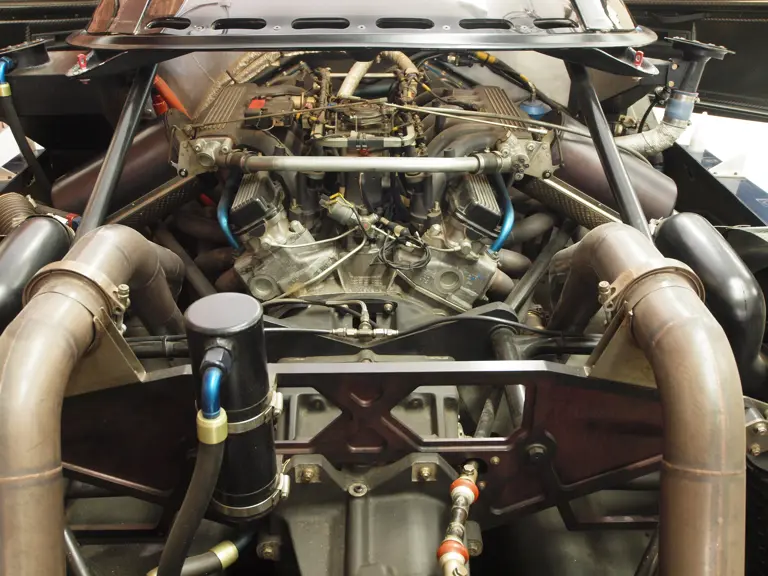


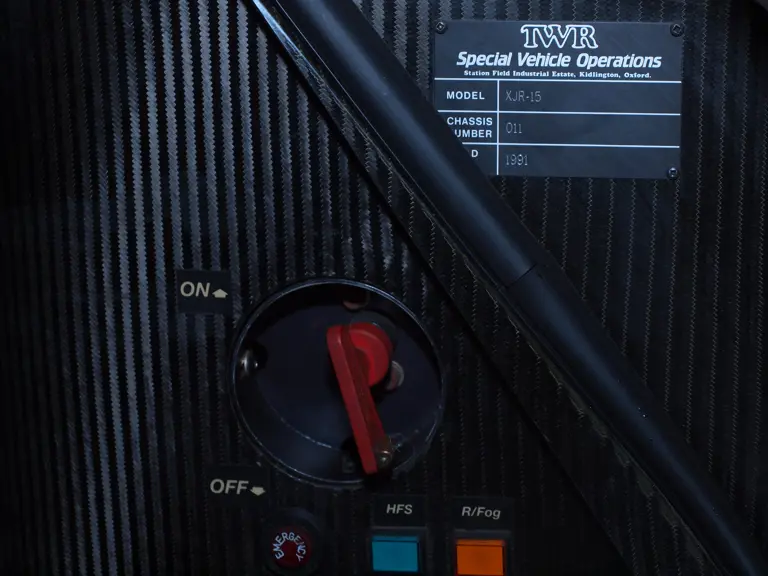

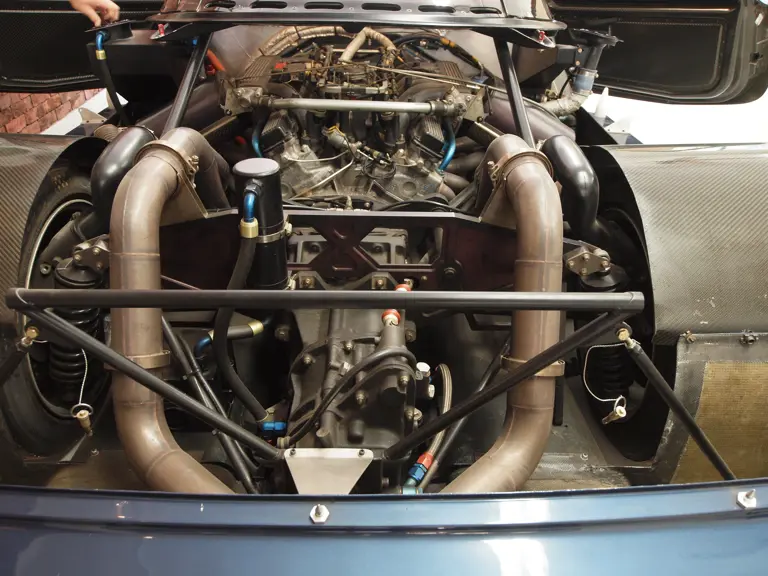
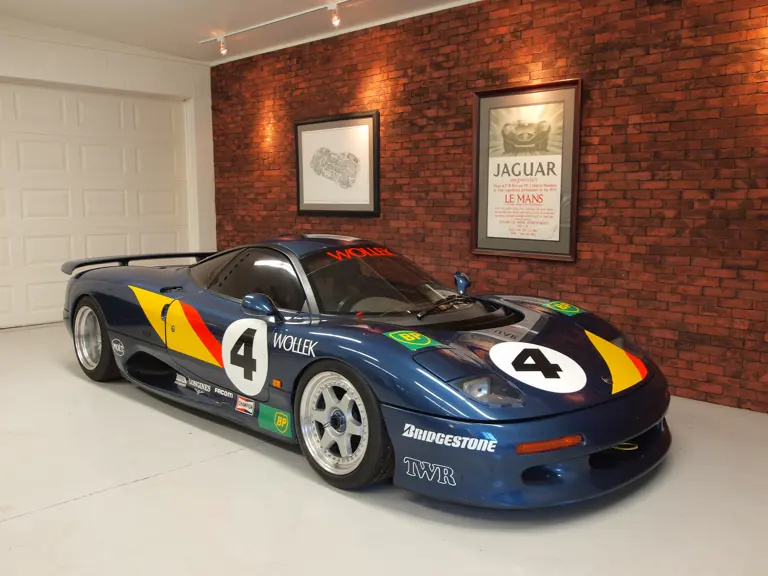
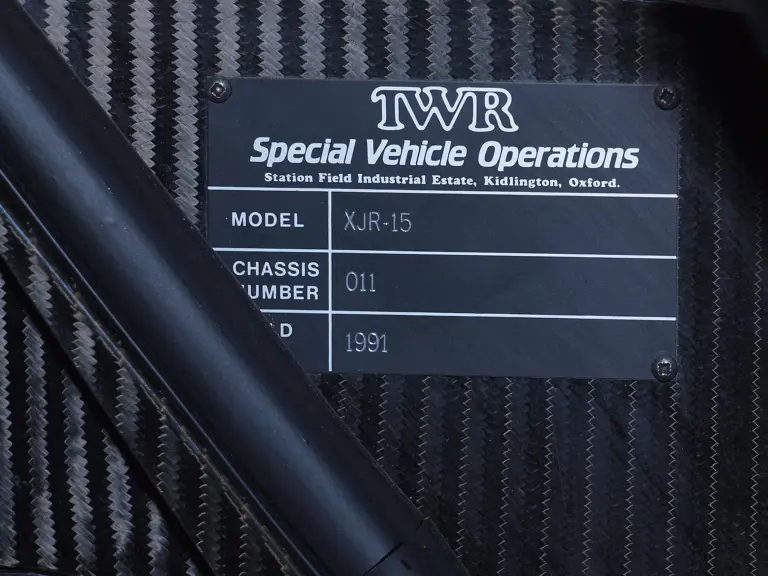
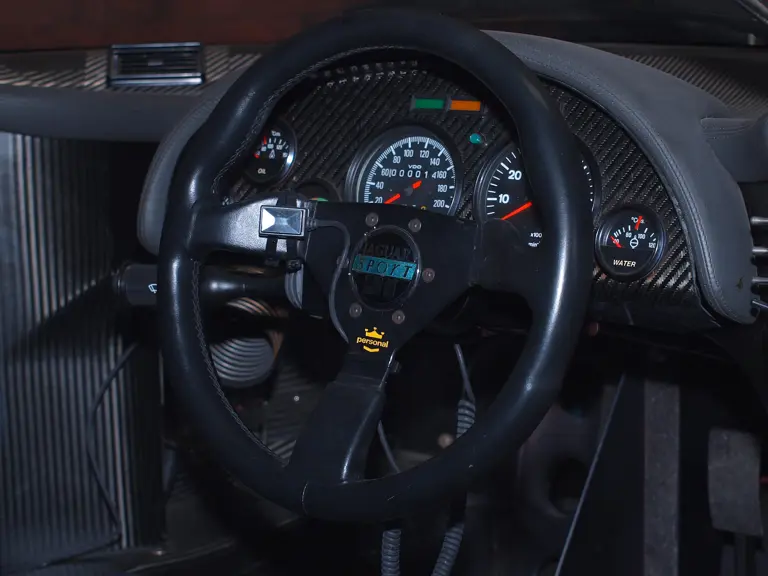
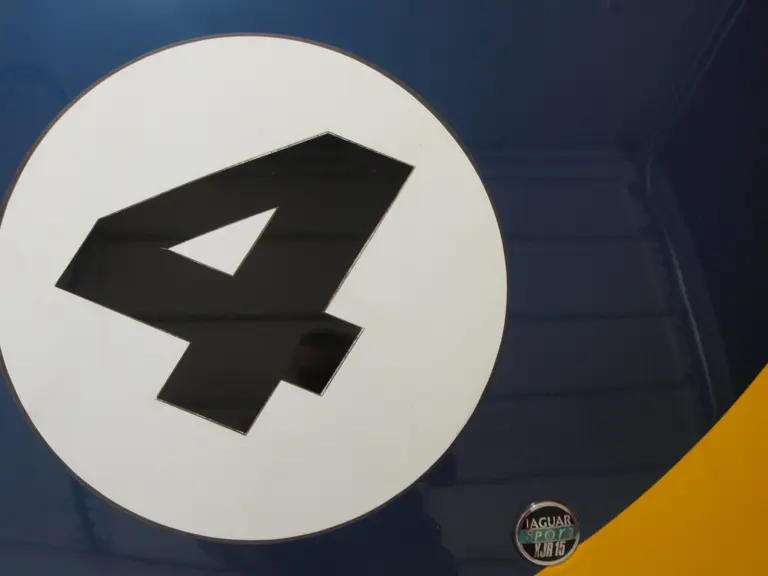
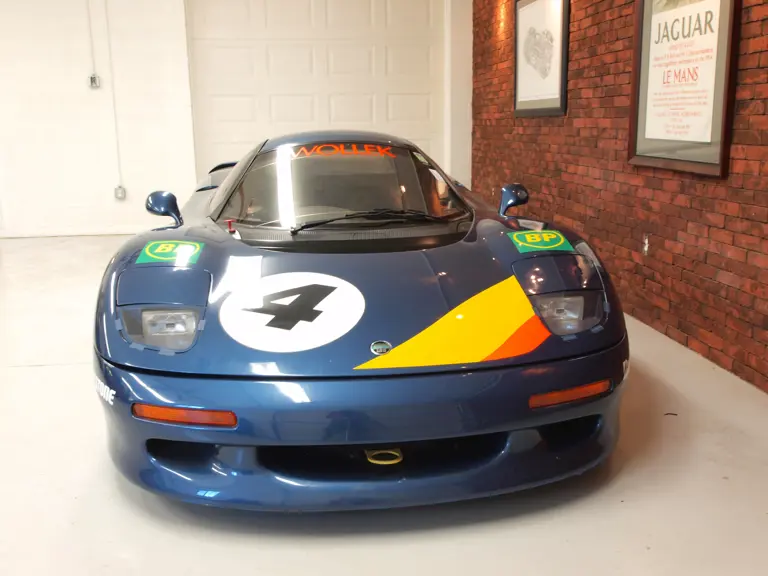
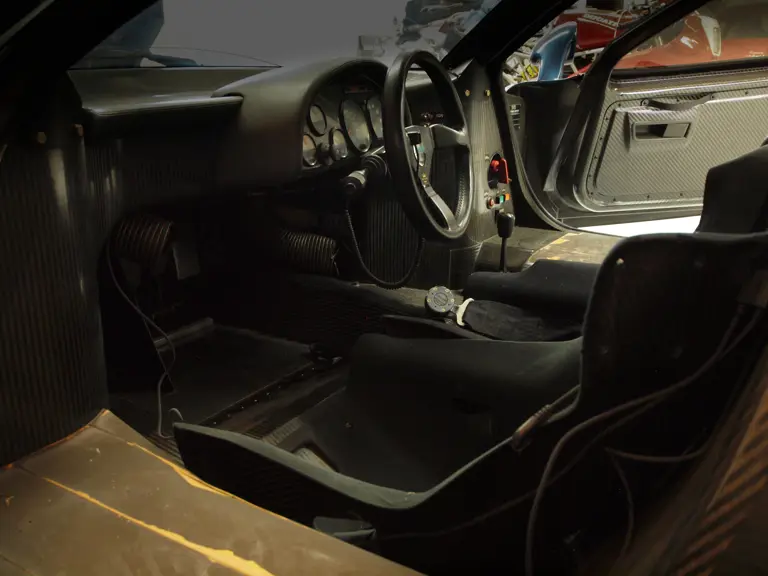

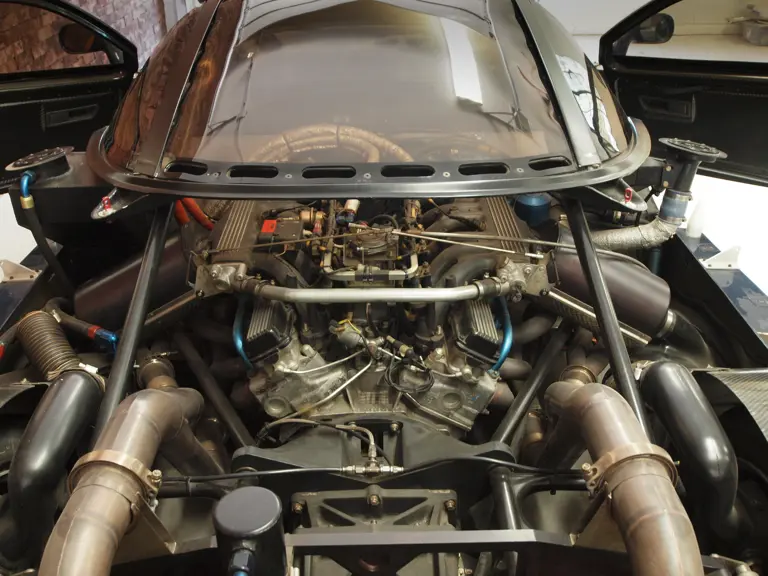
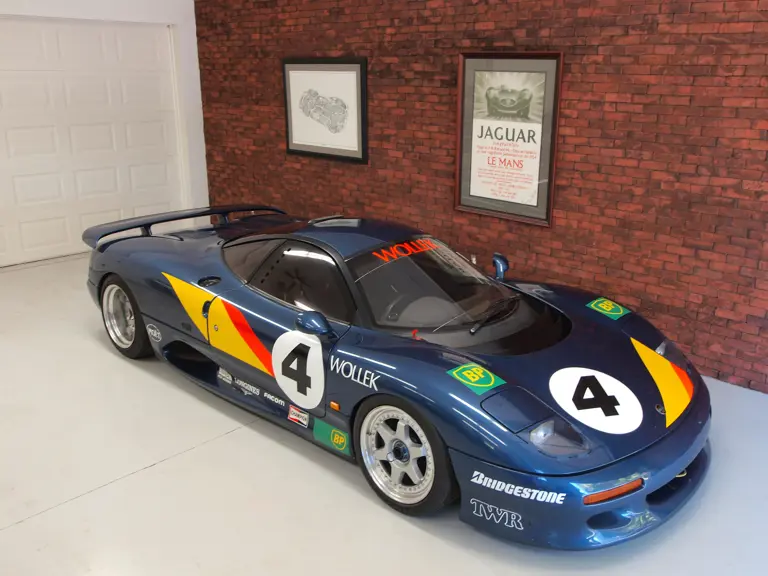
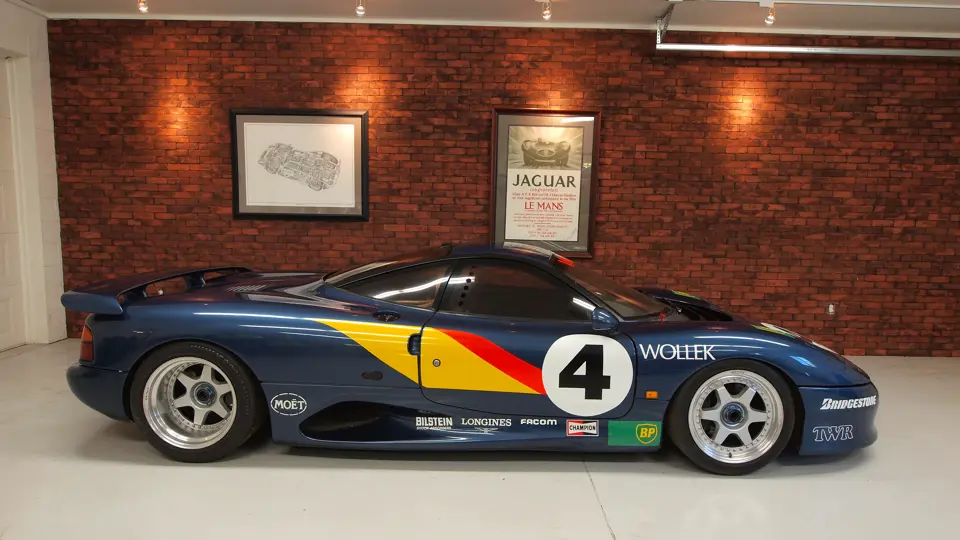
 | Monterey, California
| Monterey, California
